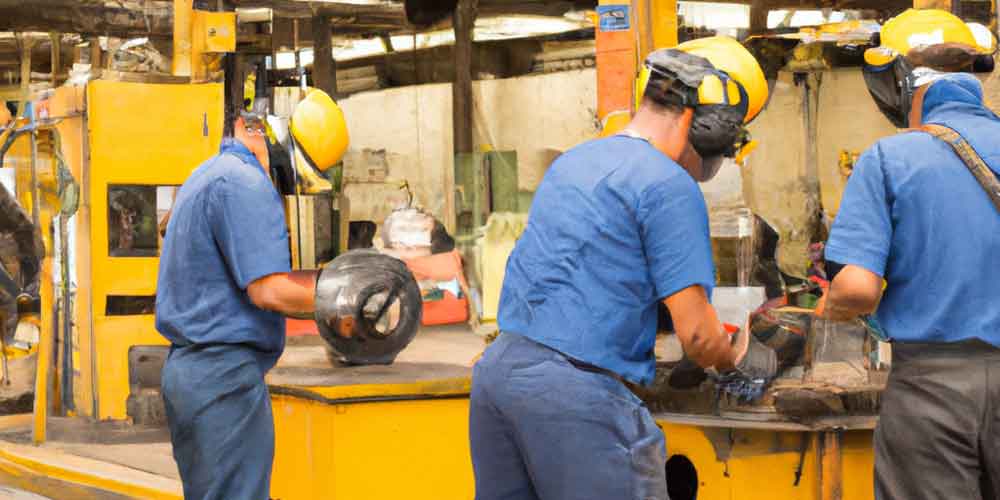On March 11, Indian Prime Minister Narendra Modi announced that the government has been working towards improving the skills of millions of young people through initiatives such as the Skill India Mission and the Kaushal Vikas Kendras. Speaking at a post-budget webinar on ‘PM Vishwakarma Kaushal Samman (PM VIKAS),’ he explained that these schemes have created numerous job opportunities for the youth in India.
The Prime Minister emphasized the need for a more targeted approach to skill development in order to achieve better results. He mentioned that the PM-Vishwakarma Yojana was created with this goal in mind. The objective of this scheme is not only to preserve the rich tradition of traditional artisans and craftsmen but also to develop their skills further. He emphasized the need to revamp the skill infrastructure system to meet their specific needs.
PM Modi stated that the PM-Vishwakarma scheme will be a great help to millions of people and that every Vishwakarma partner will have easy access to loans. He noted that the government has not provided adequate support to artisans and craftsmen since Independence, which has led to many people leaving their traditional occupations.
The Prime Minister highlighted that the PM Vishwakarma Kaushal Samman aims to enhance the caliber, scope, and reach of the goods produced by artisans and craftsmen in India. He emphasized that this scheme is targeted towards a large and scattered community of people who make a living using tools with the skills of their hands. He also spoke about Mahatma Gandhi’s vision of Gram Swaraj, which includes the development of all aspects of a village economy, not just agriculture and farming.
There are a few ideas that other countries could borrow and apply to their own situations to promote the development of their skilled workforce and traditional artisan communities. These ideas include:
1. Investing in skill development programs: India’s Skill India Mission and Kaushal Vikas Kendras are examples of initiatives that aim to enhance the skills of young people and provide them with better employment opportunities. Other countries could invest in similar programs to address the issue of youth unemployment and provide training for in-demand skills. For instance, South Africa launched the National Skills Development Strategy in 2020 to address its youth unemployment crisis by equipping young people with skills that meet the country’s economic needs.
2. Supporting traditional artisan communities: India’s PM-Vishwakarma scheme aims to preserve the rich tradition of traditional artisans and craftsmen while also developing their skills further. Other countries could also invest in supporting their traditional artisan communities by providing them with better access to resources, funding, and markets. For example, the UNESCO Creative Cities Network supports the development of creative industries and traditional crafts in cities around the world, including Fabriano in Italy, which is known for its papermaking traditions.
3. Revamping skill infrastructure systems: The Indian Prime Minister emphasized the need to revamp skill infrastructure systems to meet the specific needs of traditional artisans and craftsmen. Other countries could also examine their own skill infrastructure systems and make adjustments where necessary to better support their skilled workforce. For instance, the European Union has launched the European Skills Agenda to promote a lifelong learning approach to skills development, with a focus on digital skills, sustainability skills, and skills for the green and digital transitions.
By borrowing and adapting these ideas, other countries could promote the development of their skilled workforce and traditional artisan communities, which could lead to economic growth and job creation. These initiatives could also help to preserve cultural heritage and promote sustainable development.
